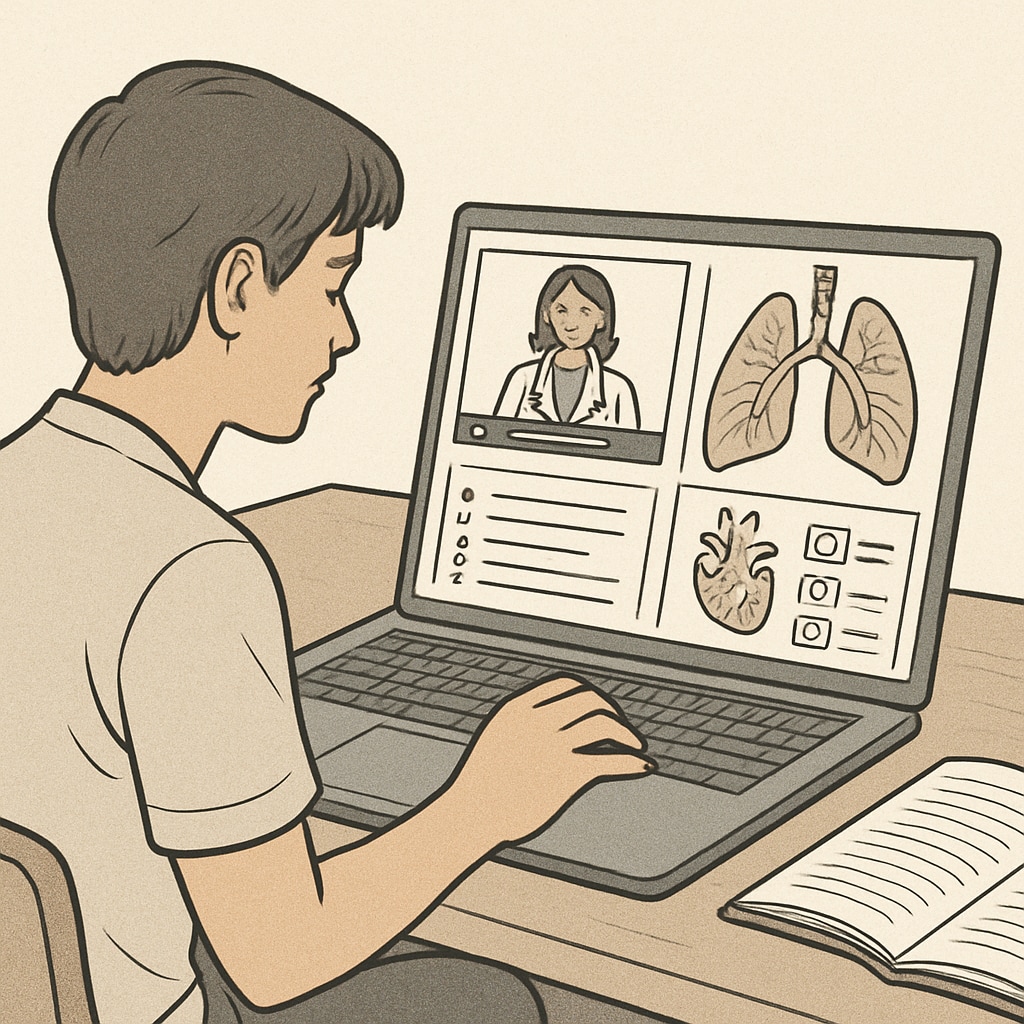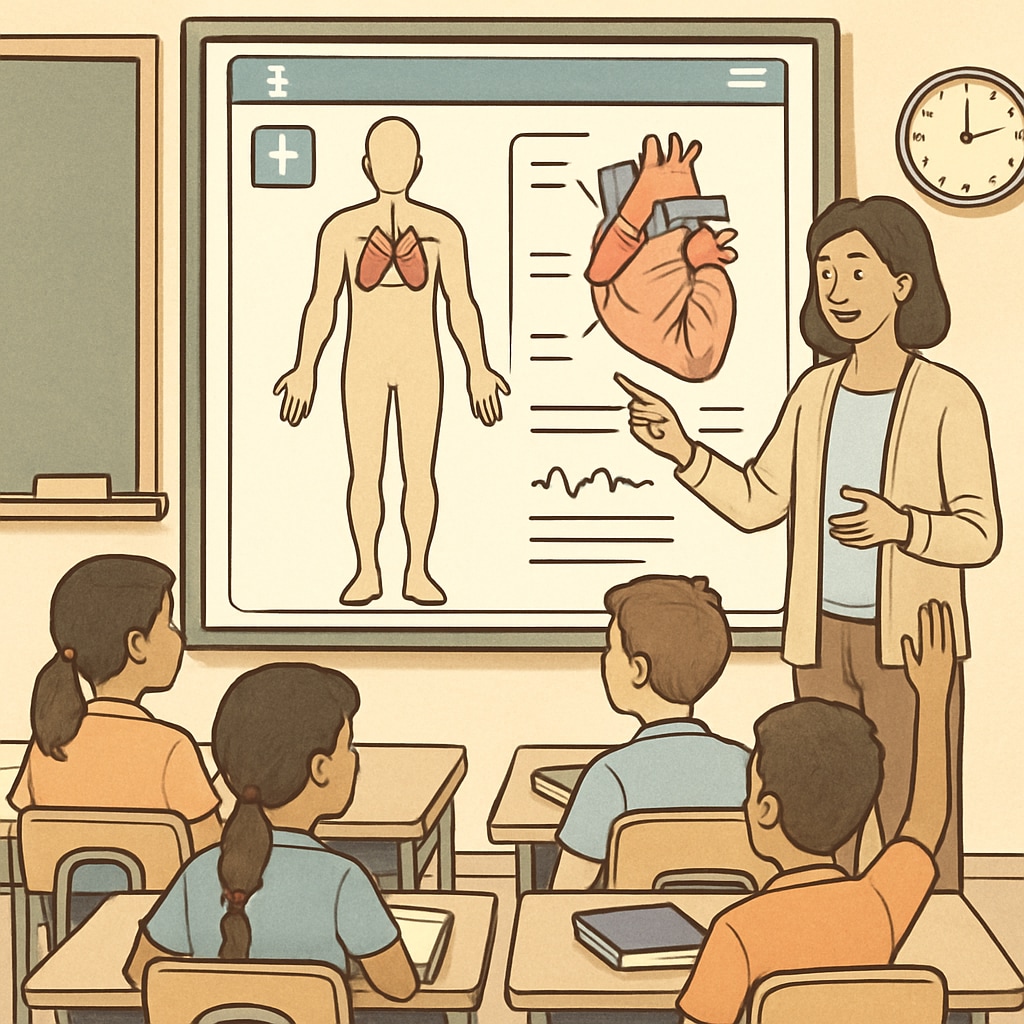Medical education has traditionally been reserved for professionals pursuing careers in healthcare. However, the increasing availability of online courses now provides non-medical professionals and K12 students with access to medical knowledge. This shift not only addresses the gap in health literacy but also promotes interdisciplinary skills and critical thinking essential for the modern world.

Challenges in Accessing Medical Education for Non-Medical Backgrounds
For individuals without a medical background, accessing professional-level medical education presents significant challenges. The resources are often polarized: they are either highly technical, tailored for medical students and professionals, or overly simplistic, focusing solely on basic health tips. This creates a void for those seeking in-depth yet accessible knowledge.
Additionally, many existing resources lack age-appropriate content for K12 students, making it harder to integrate medical education into early learning environments. For non-medical professionals, the absence of structured, beginner-friendly pathways limits their ability to acquire practical knowledge, ranging from understanding medical terminology to applying basic healthcare principles in daily life.
Bridging the Gap: The Role of Online Courses
Online courses offer a promising solution to make medical education more accessible. Platforms like Khan Academy and specialized healthcare-focused resources provide interactive content that caters to diverse learning levels. These courses often include video tutorials, quizzes, and real-world applications to simplify complex topics.
For K12 education, online modules can introduce foundational concepts such as anatomy, nutrition, and first aid in engaging ways. For example, gamified platforms or augmented reality tools allow students to explore the human body interactively, nurturing both curiosity and understanding.
Non-medical professionals can benefit from targeted courses on public health, patient care, or even medical ethics, which are increasingly relevant in fields like technology, law, or business. These resources not only enhance personal knowledge but also provide practical skills applicable in professional contexts.

Building a Tiered Medical Education System
To address the gaps in medical education resources, a tiered system can be developed. This system would divide content into beginner, intermediate, and advanced levels, making it easier for learners to progress at their own pace. Key components of this approach could include:
- Beginner Level: Simplified medical concepts, health literacy, and basic first aid, suitable for K12 students and general audiences.
- Intermediate Level: Introduction to medical terminology, anatomy, and physiology, bridging the gap for non-medical professionals or high school students.
- Advanced Level: Specialized topics such as bioethics, disease management, or public health for interdisciplinary learners.
This progressive structure ensures that learners can access content aligned with their current knowledge while gradually building expertise.
The Future of Medical Education for All
As online education continues to evolve, integrating medical knowledge into non-medical fields offers immense potential. For instance, partnerships between healthcare institutions and edtech platforms can create curated content for varying audiences. Moreover, incorporating medical topics into K12 curricula can prepare students to make informed health decisions and explore careers in healthcare.
In addition, promoting interdisciplinary approaches—such as combining biology with technology or ethics—can inspire innovative solutions to healthcare challenges. By making medical education accessible to all, we not only foster health literacy but also empower individuals to contribute meaningfully to society.
In conclusion, the availability of tailored online courses can bridge the gap in medical education for non-medical professionals and younger learners. By addressing the current polarization of resources and adopting a tiered approach, we can create a future where medical knowledge is accessible, practical, and impactful for everyone.
Readability guidance: Short paragraphs and lists improve clarity, while the use of transition words ensures a logical flow. The article balances active and passive voice for engagement and precision.


